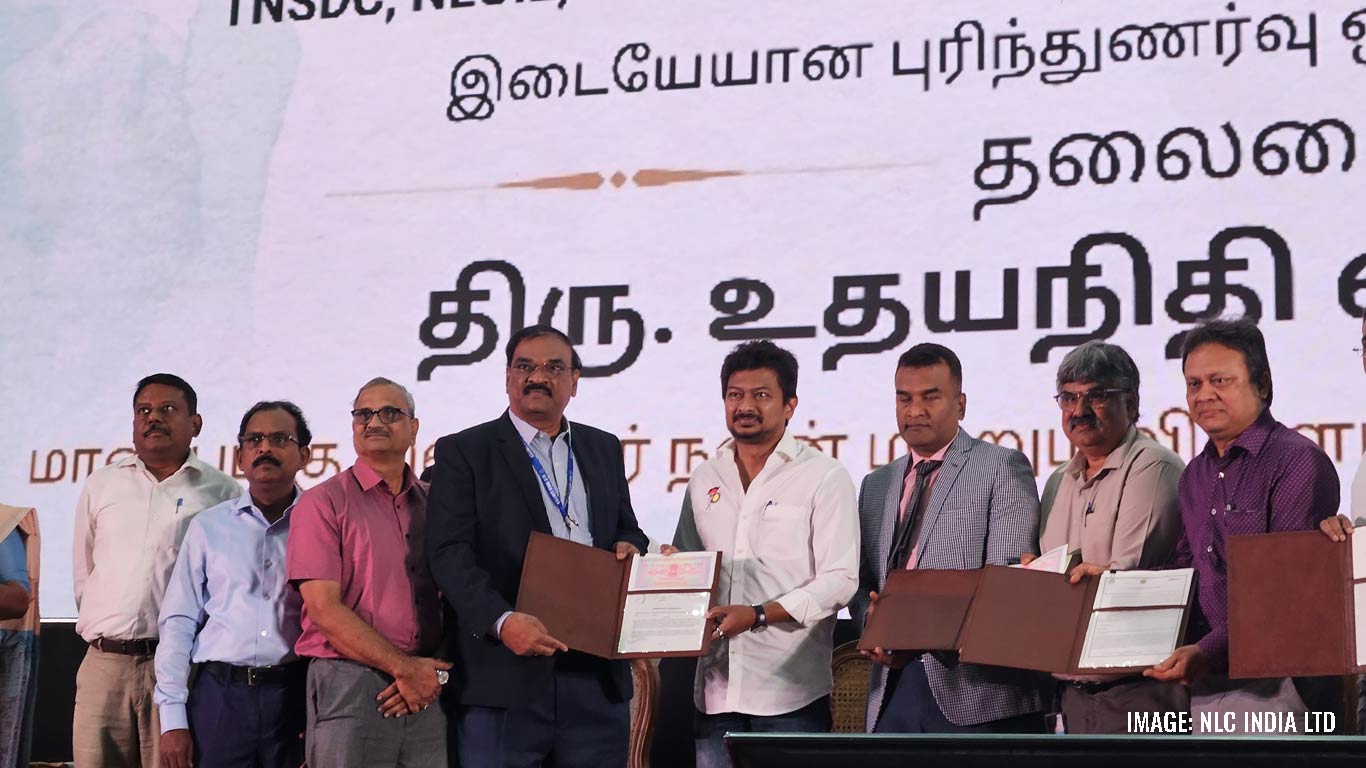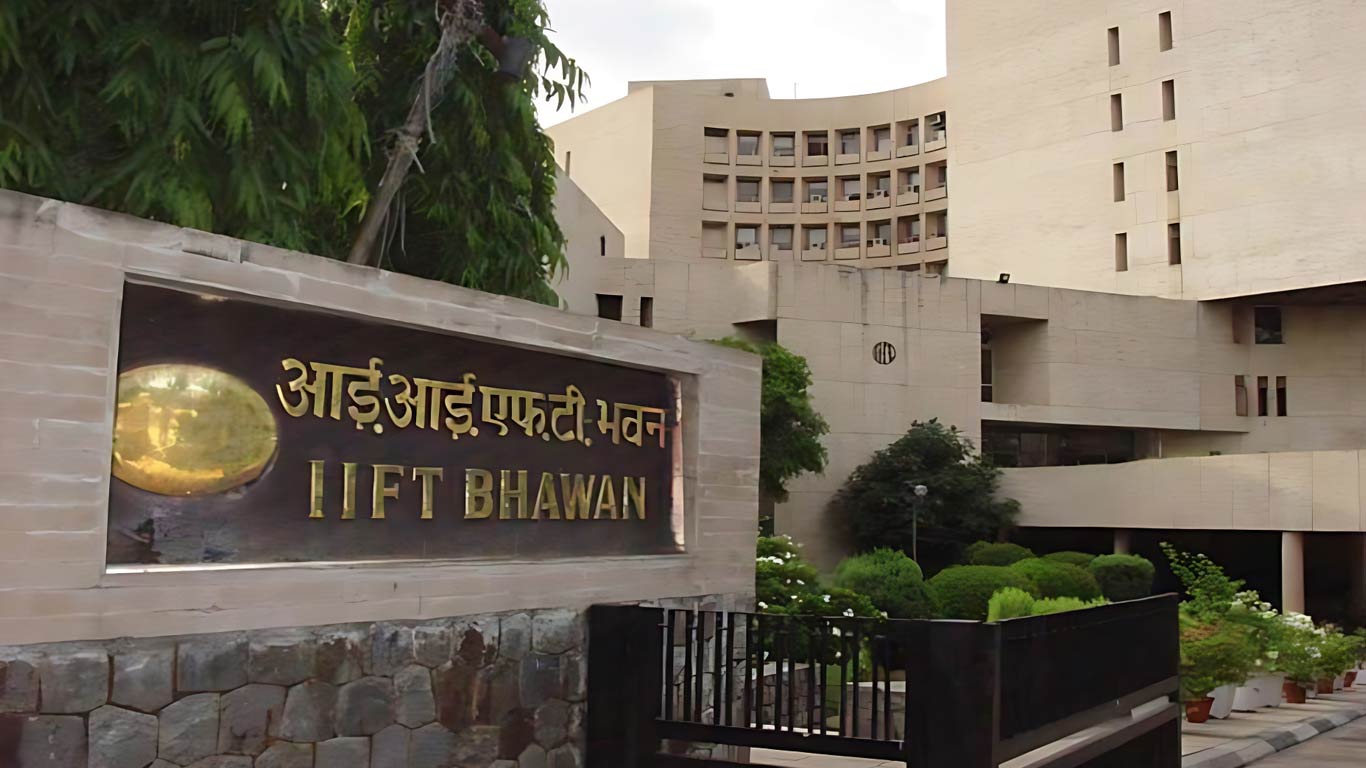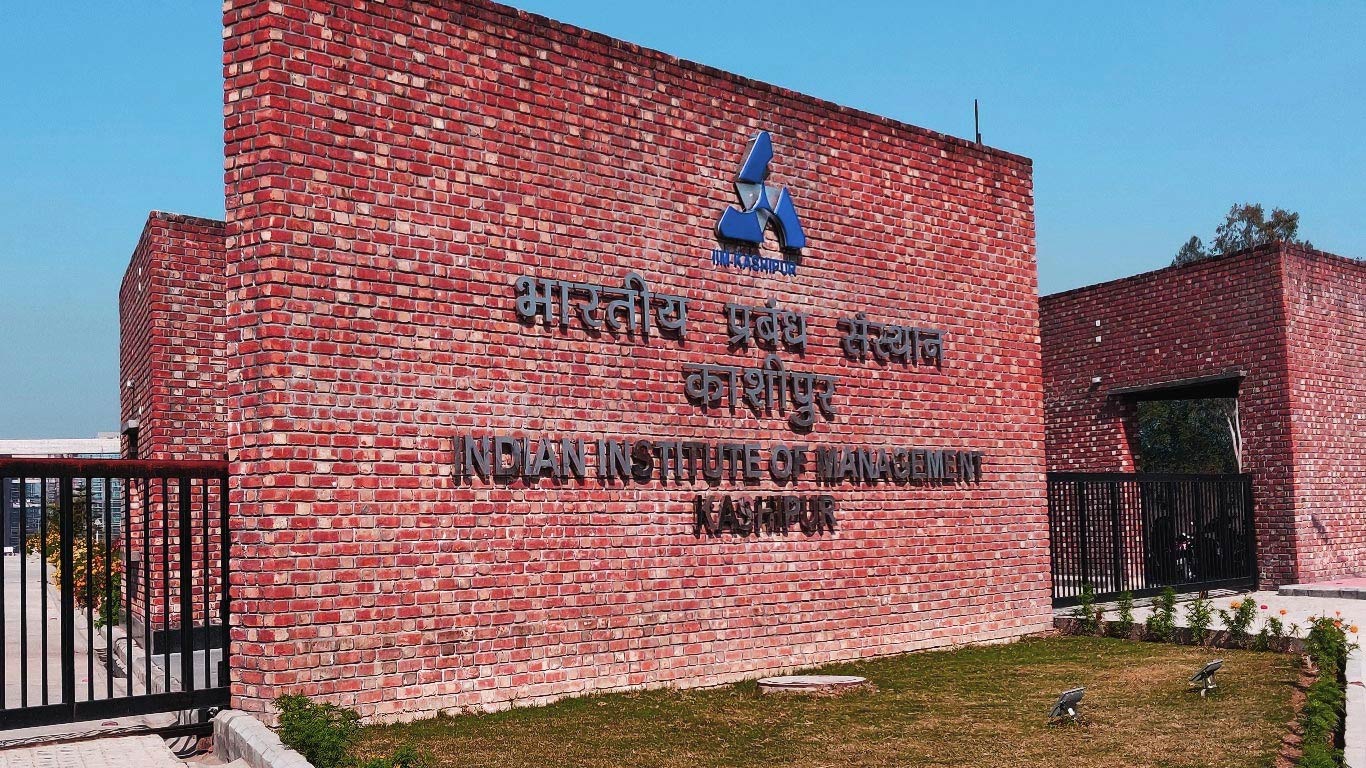Traces of arsenic, heavy metals detected in ground water
Updated: May 06, 2013 06:55:06pm

“As per ground water quality data generated during various scientific studies and ground water quality monitoring, ground water in some parts of Uttar Pradesh and Bihar have excess concentration of Arsenic beyond permissible limits as prescribed by Bureau of Indian Standards (BIS). There are also reports of sporadic occurrence of heavy metals like Lead, Chromium and Cadmium in the ground water in parts of some districts of Uttar Pradesh,” said Union Water Resources Minister Harish Rawat in the Rajya Sabha today.
Through a network of 10714 observation wells located across the country, the Central Ground Water Board (CGWB) that comes under the purview of the Ministry of Water Resources regularly monitors ground water quality of shallow aquifers on a regional scale once every year during pre-monsoon which is around April-May.
CGWB has now come out with a list of districts in Bihar and Uttar Pradesh from where arsenic and heavy metals such as Cadmium and Chromium beyond BIS norms was reported in ground water.
It was the National Botanical Research Institute (NBRI) an organisation of the Council of Scientific and Industrial Research (CSIR) that carried out the work indicating levels of arsenic in seeds of different paddy varieties presently cultivated in agricultural soils of Uttar Pradesh. As per their data, Gazipur, Bahraich, Ballia, Gorakhpur and Lakhimpur-Kheri indicated the presence of arsenic.
Further, when A N College Patna conductedc an experiment in parts of Bhagalpur district in Bihar (a University Grant Commission project), they came across an irrigation borewell with considerable concentration of arsenic.
Significantly, the researchers found that a mature paddy plant which was irrigated by the contaminated water from the borewell, had arsenic too.
Their experiment was based on six varieties of rice - PNR-381, Turantha, Saroj, Sugandha, Sarna and Katarni. Two of them - Saroj and Sugandha were found to be arsenic resistant, whereas the Sarna was a very low accumulator of arsenic.
Considering that research in the area of in-situ remediation of acquifers contaminated with arsenic and heavy metals in its nascent state, CGWB helps states to identify aquifers which are free from contaminants, its remedial measures concentrated on providing alternate sources of water supply.
In addition, the Ministry of Drinking Water and Sanitation has earmarked 20 per cent of the allocated funds under the National Rural Drinking Water Program (NRDWP) for water quality problems.
Also, states have been permitted to utilize up to 65 per cent of funds released under NRDWP for improving water quality of ground and surface water. (KNN)











